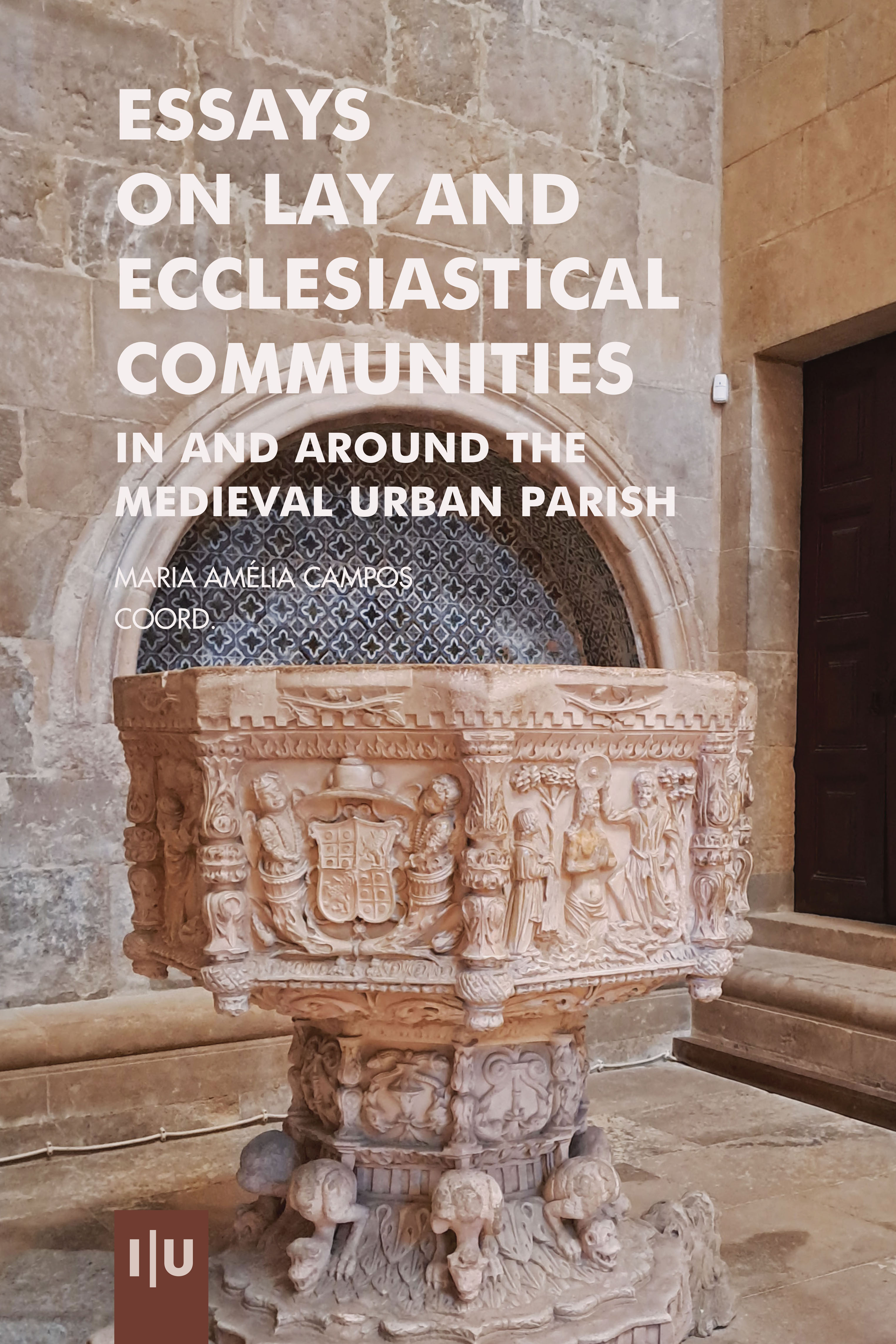Inclusion and Exclusion between Church and Community: The Case of the “Lombard” Financiers (Thirteenth–Seventeenth centuries)
Inclusion and Exclusion between Church and Community: The Case of the “Lombard” Financiers (Thirteenth–Seventeenth centuries)
Ezio Claudio Pia
Os lombardi representam uma categoria de agentes económicos originários do Norte de Itália e ativos em toda a Europa entre os séculos XIII e XVII. Eram homens de negócios de cidades do interior, servidas por vias de comunicação e situadas em zonas de elevada produtividade agrícola, que proporcionavam os excedentes necessários à realização de iniciativas financeiras. Intervenientes habituais nos empréstimos e nas transações comerciais e fazendo parte, a partir do século XIV, de um lóbi financeiro internacional, foram identificados pelos seus contemporâneos como estrangeiros dedicados a uma profissão de má reputação – de usurários – e relegados para uma cidadania ”fraca”. Uma oscilação constante entre exclusão e inclusão caracteriza as vicissitudes destes atores subalpinos. Codificada através das línguas canónicas, esta pertença incerta reflete‑se na variabilidade das relações dos Lombardos com as instituições eclesiásticas, tanto nos seus locais de atividade como nas localidades da sua residência. Neste contexto, a paróquia era o nó agregador de diferentes dinâmicas: a intervenção reguladora eclesiástica marca, de facto, a intersecção entre as necessidades concretas do mercado, as raízes da comunidade e a regulação eclesiástica das relações sociais e financeiras. A paróquia é o lugar da exclusão, mas, ao mesmo tempo, o espaço de negociação da reintegração e a instituição que medeia as pulsões contraditórias que atravessavam o mercado de crédito.
—
ISBN: 978-989-26-2557-7
eISBN: 978-989-26-2572-0
DOI: 10.14195/978-989-26-2572-0_8
Área: História
Páginas: 199-221
Data: 2024
Palavras-Chaves
—
Outros Capítulos (13)
A preface to research in medieval studies II
Maria Amélia Campos;Tiago Viúla de Faria;Flávio Miranda
https://doi.org/10.14195/978-989-26-2572-0_0
Reflexions on Urban Parish Communities in Medieval Europe and its Relevance to Current Historiography
Maria Amélia Campos
https://doi.org/10.14195/978-989-26-2572-0_1
City Chapters with Cura Animarum. Territorial Recruitment and Social Composition of the Clergy in North-Western Italy (Twelfth-Fifteenth century)
Francesco Cissello;Elena Corniolo
https://doi.org/10.14195/978-989-26-2572-0_2
Bishops and Dignitaries of Coimbra in the Thirteenth century: a Prosopographical Study
Maria do Rosário Morujão
https://doi.org/10.14195/978-989-26-2572-0_3
The Legal Expertise of the Parish Clergy in Late Medieval Transylvania (Late Fourteenth to early Sixteenth century)
Adinel C. Dincă
https://doi.org/10.14195/978-989-26-2572-0_4
“Qui miserit merdam in bocca alterius pectet CCC solidos:” Episcopal Lawcodes and Lordship in Twelfth Century Castile and León
Kyle C. Lincoln
https://doi.org/10.14195/978-989-26-2572-0_5
A Church under Influence: The Cistercian Convent o...
Mário Farelo;Luís Miguel Rêpas
https://doi.org/10.14195/978-989-26-2572-0_6
The Exercise of Patronage by the Colegiada de Guimarães in the Church of São Miguel do Castelo during the Fourteenth and Fifteenth centuries
Aires Gomes Fernandes
https://doi.org/10.14195/978-989-26-2572-0_7
Inclusion and Exclusion between Church and Community: The Case of the “Lombard” Financiers (Thirteenth–Seventeenth centuries)
Ezio Claudio Pia
https://doi.org/10.14195/978-989-26-2572-0_8
Medieval Jewish Quarters in Northern France and Urban Parishes (Twelfth-Fourteenth centuries): Places of Identity and Cohabitation
Manon Banoun
https://doi.org/10.14195/978-989-26-2572-0_9
From Neighbours to Enemies and Back. Jewish-Christian relations in Northern Europe
Cordelia Heß
https://doi.org/10.14195/978-989-26-2572-0_10
‘Artificial Families’ within the Parish: Intertwined Relationships Between Confraternities and Parish Churches in Medieval Coimbra
Ana Rita Rocha
https://doi.org/10.14195/978-989-26-2572-0_11
Epilogue
Beat Kümin
https://doi.org/10.14195/978-989-26-2572-0_12

